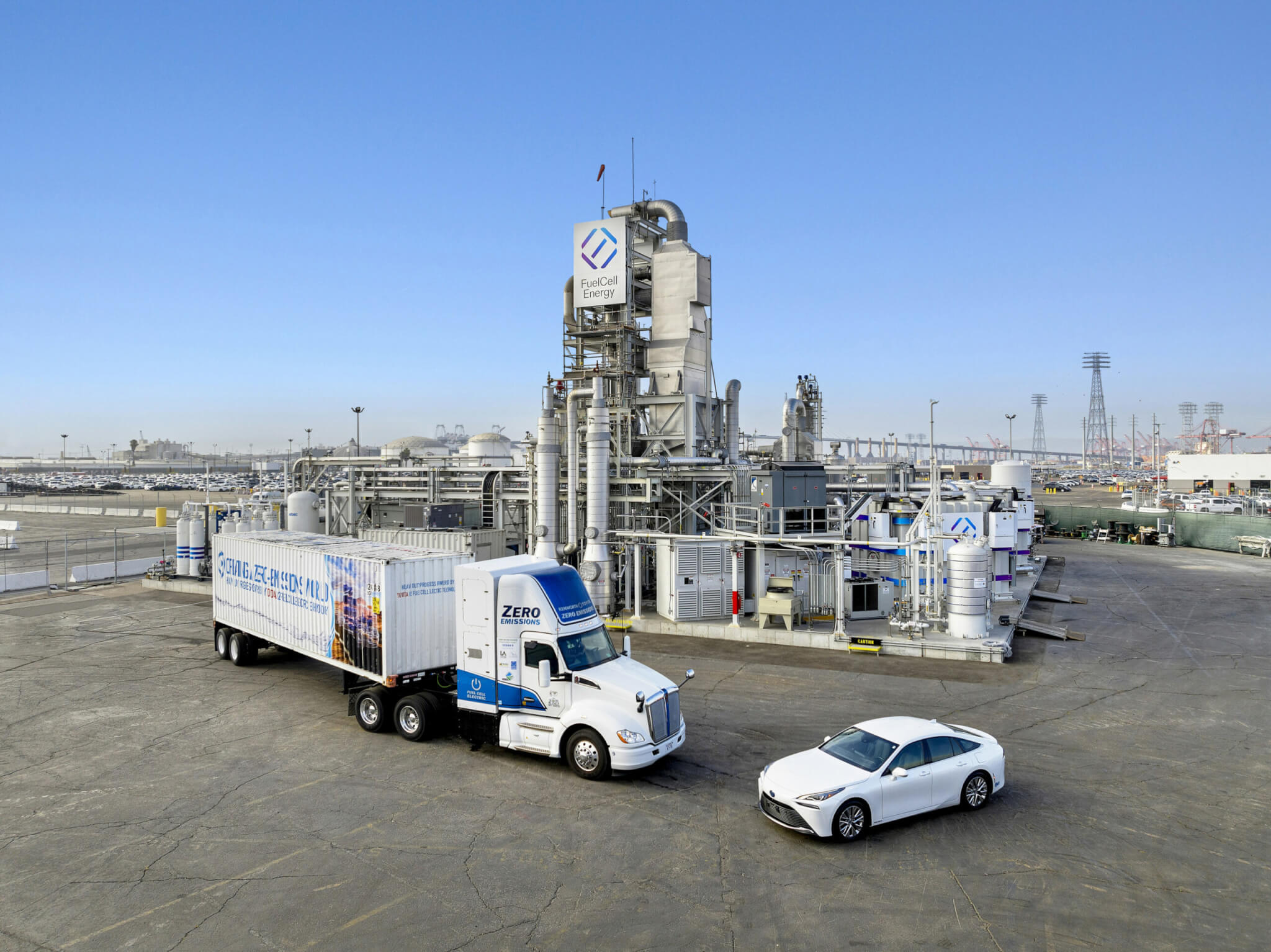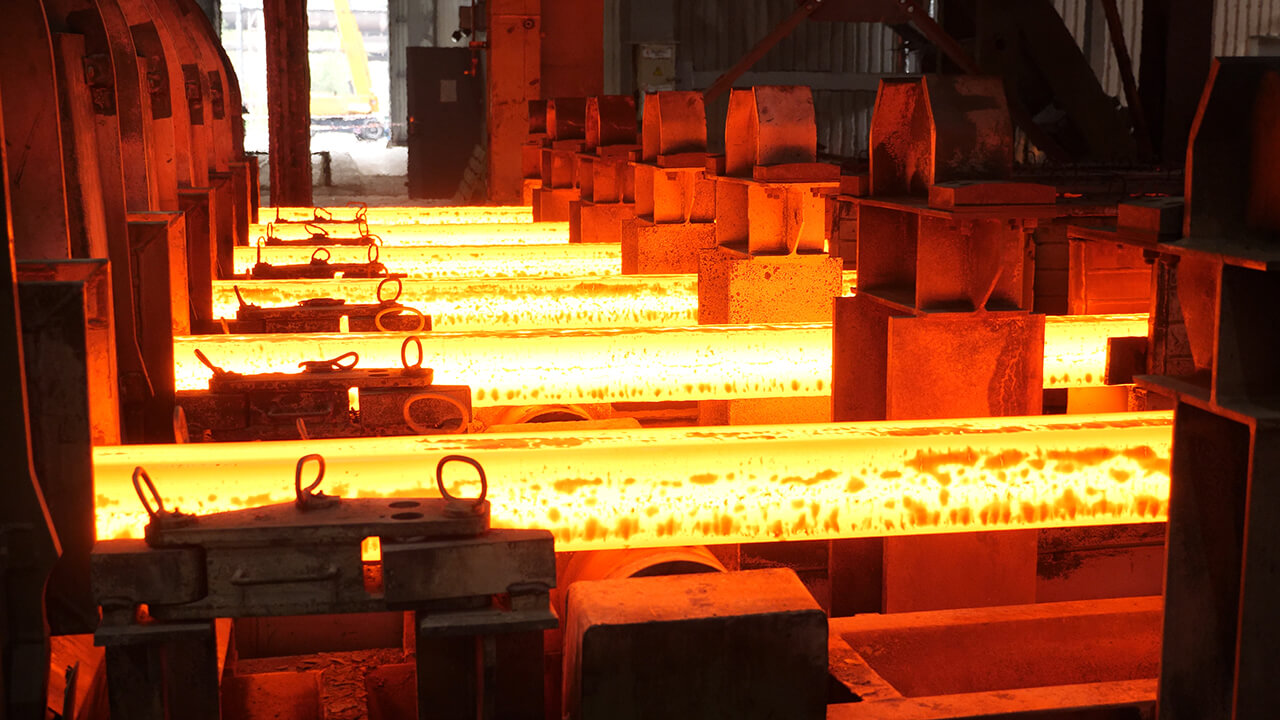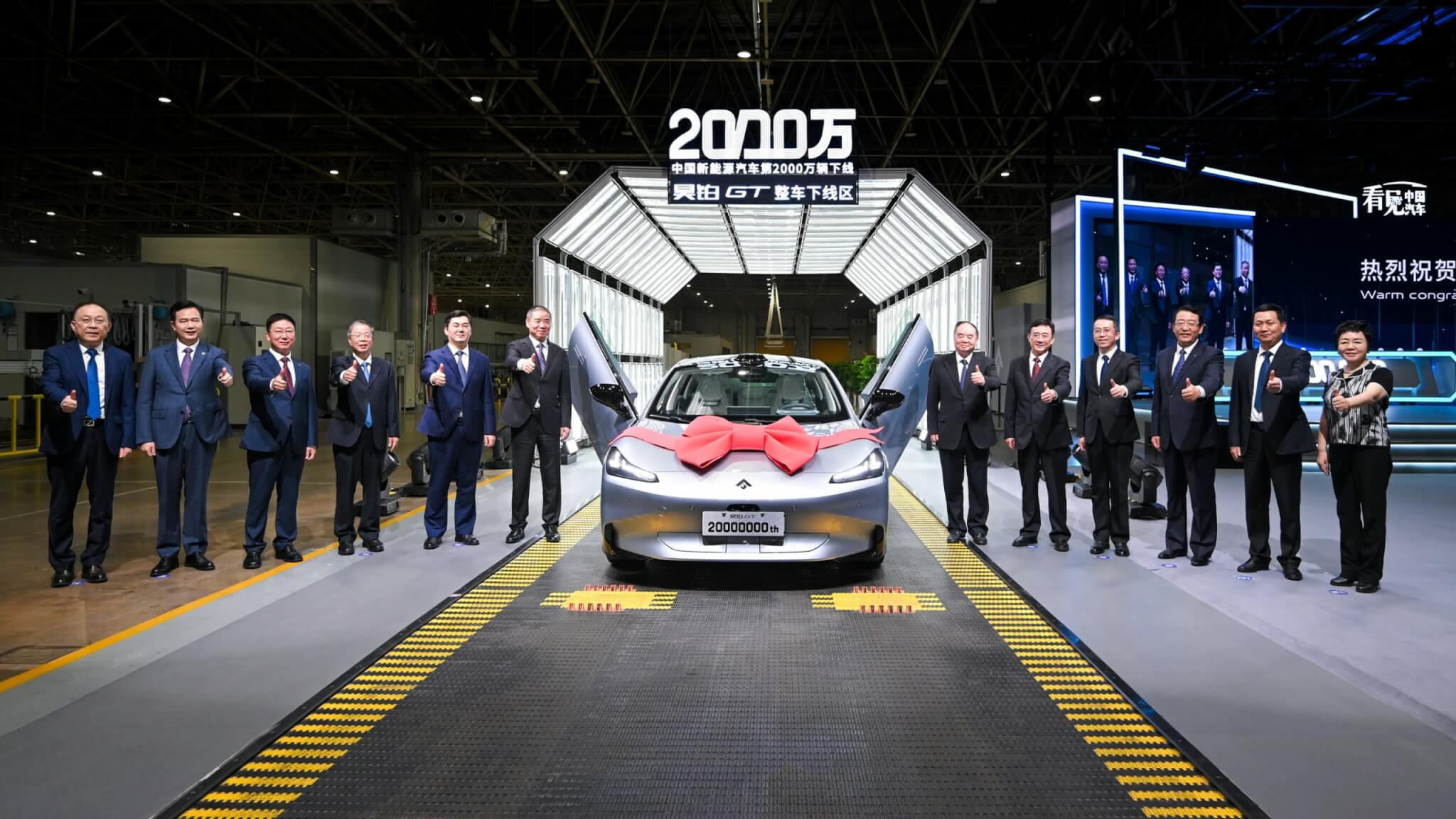Why shine light where it is not needed? IQS NANOPTIQS develops and manufactures micro and nano-optical elements that enhance the quality of lighting and can also deliver energy savings. “Our revolutionary approach to creating thin and miniaturized optical elements with unique properties unattainable by traditional manufacturing methods is also finding applications in the automotive industry,” says Jakub Cipra, Managing Director of IQS NANOPTIQS.
IQS NANOPTIQS is a young, dynamically developing company that draws on the more than 20 years of experience of its parent company IQS Group for the development and production of optical elements, whose products such as holographic elements for the protection of banknotes and documents are encountered on a daily basis. Today, IQS NANOPTIQS is one of the three companies in the group, alongside IQ Structures and IQS Nano, and carries out research, development and production of micro and nanostructured elements for controlled light distribution. The LED lighting solution is essentially another direction for the application of the know-how that the group is continuously developing.
Applications in industry, shopping centres, offices and homes
“We are using a revolutionary approach to create thin and miniaturized optical elements with unique functions, such as precise light distribution, which cannot be achieved by traditional methods,” says Jakub Cipra, Managing Director of IQS NANOPTIQS, and elaborates, “We are developing nanostructured materials where we have full control not only over their precise shape, but also over their arrangement.”
Why shine light where it’s not needed? Luminaires using IQS NANOPTIQS optical elements allow light to be directed where it is needed, which can not only achieve significant energy savings but also contribute to a higher quality of lighting. The light beams in LED lighting technology can be directed to a specific area in the production hall, corridor, workbench or even in the living room. It was interior lighting manufacturers who were the first customers of IQS NANOPTIQS many years ago, and the use in industrial and automotive lighting came later.
“Nanostructured elements can be produced in large volumes.”
There are more companies in the world trying to control the distribution of light by various methods. But as Jakub Cipra says, the uniqueness of the IQS NANOPTIQS solution lies in its very efficient production. “Our manufacturing is very efficient, and even though we generally use very small structural details and low thickness to produce optical elements, manufacturing using various ‘printing’ methods allows for great speed. Nanostructured elements can thus be produced in the huge volumes required by today’s LED luminaire market.” It is these aspects that set IQS NANOPTIQS apart from the competition. “Continued investments in the development of optical elements and production technologies enabling mass production make us an attractive partner for customers in the automotive industry as well,” mentions Jakub Cipra.
Tens of thousands of “programmed” optical elements
IQS NANOPTIQS not only develops but also manufactures micro- and nano-structured elements at its site in Řež near Prague. “This is one of our competitive advantages, which is especially appreciated by customers in the automotive industry. We have everything under one roof and therefore under complete control. This reduces the time required from idea through development and prototype to final solution,” says Jakub Cipra.
Given the revolutionary nature of the idea to use experience from holography and nanotechnology to produce optical elements, it might seem that the production itself would be very complex, but this is only true to a certain extent.
Imagine a plastic substrate (most often polycarbonate) that does not need to have any specific properties because it is just a carrier for an optical structure, i.e. a set of elements that create a defined distribution of light in space. Each of these elements is calculated and “programmed” to shape and bend the light exactly as required. The structures are “printed” on the surface of the aforementioned plastic substrate, or the structures can be created directly in the substrate.
Most commonly, the printing process is a roll-to-roll process, where the material on the roll enters the production facility from one side, followed by the printing and UV curing process, and at the end of the production facility the finished product comes out again on the roll. The rolls are then separated into individual parts according to customer needs.
This process is designed for mass production applications and enables the efficient manufacture of huge quantities of optical components. However, despite the similarity to printing, due to the miniature size of the optical elements, it is a very sophisticated production technique where the relief rather than the absorption pattern is created, and this is much more complex. Regardless, the company is already ready to flood the world market with optical elements produced in this way.
In addition to the roll-to-roll process, the company also uses a second production method for customers who require a rigid substrate instead of a flexible one. In contrast to the above-mentioned roll process, this involves the direct transfer of the embossing into the pad material using “step and repeat” technology.
Autonomous driving promises contracts
The quality and functionality achieved in this production process also makes optical products suitable for use in the automotive industry. “The focus on the automotive industry is a relatively new direction for us, but emerging trends and ongoing collaborations tell us that there is definitely a future for our production there,” says Jakub Cipra.
IQS NANOPTIQS is currently working on projects that contribute to the further development of head and tail lights, interior lighting, sensors and signal functions in the automotive industry. “The main strength of the approach is the multitude of possibilities that our technology offers. In most cases we are addressing improved functionality, lower weight, completely new design options and simplified fitment into existing or new parts. All of this contributes to both production and operational economics, and the small size of our optical elements significantly reduces logistics and complexity in general, which has positive environmental impacts,” says an IQS NANOPTIQS representative assessing the benefits for the automotive industry.

Detailed view of the surface of the optical element with functional relief. Photo: IQS NANOPTIQS
He explains that in many applications, the company is able, for example, to replace the left and right parts with just one universal part and help eliminate complexity. “However, it’s not that we are able to develop absolutely universal optical elements for every application. In the case of the automotive industry, this is either a bespoke development for individual customers or a joint development where intellectual property protection is an integral part,” clarifies Jakub Cipra.
IQS NANOPTIQS is already working together with leading players from the automotive industry on innovative solutions with the potential to become a supplier of serial components. In particular, it is in contact with developers and designers from both end manufacturers and lighting technology suppliers. IQS NANOPTIQS sees the future in the context of the development of autonomous driving; they promise that their technology will be applicable to lidar and sensors in general, for example. Jakub Cipra gives an example: ‘Imagine, for example, a car that turns and signals this manoeuvre to pedestrians or cyclists via a light projection on the road. This is one example of where our products can be applied.”
“In the future, the front mask will probably be similar for all cars, it will be the part where all the elements related to lighting, communication with the surroundings and other vehicles will be brought together. It will contain a number of sensors and provide signal functions as well. And that’s good for us. Our components are simple, safe, space-saving, lightweight and cheaper than conventional solutions,” says Jakub Cipra.
More environmentally friendly technologies
The massive deployment of miniaturised optical components in the automotive industry has so far encountered two limitations. One is the time required to switch from conventional technologies to innovative approaches. The second constraint is the current and future regulatory and legislative requirements that automotive companies in particular must currently address. Nevertheless, according to IQS NANOPTIQS, the serial use of miniaturised components is planned to start within two to three years with the introduction of new car models.
For the automotive industry, too, the use of precision light distribution devices should bring significant savings in addition to improved functionality. According to Jakub Cipra, this is proven by feedback from manufacturers of, for example, industrial lighting: “Case studies from our customers in the industrial lighting sector show that they achieve energy savings of up to 30 percent by using our optical elements in their lights with fewer lights needed to illuminate a given space, such as a production hall. For example, where you would need a thousand conventional LED lights, you only need, say, 10 percent less with our optics. The overall savings can be such that the investment is recouped within a year or a year and a half. What’s more, it’s a more environmentally friendly solution.”
Cooperation with universities
The revenue side of the business is now split between standard orders for manufacturers of industrial, interior and design lighting and custom development for various market segments including automotive.
Cooperation with academic institutions is also a very important part of IQS NANOPTIQS’ activities, as it combines theory with practice and contributes to the discovery of the previously unknown. It cooperates with various universities in the Czech Republic and on a commercial basis with foreign universities.
During its independent existence, IQS NANOPTIQS has managed to attract talented and promising experts to its team in a segment where human resources are very limited. Out of a total of 25 employees, 15 work in development, they are physicists, chemists, opticians, mathematicians. Even production processes require specialists, but in small numbers thanks to maximum automation. With the commissioning of a high-capacity production line for the manufacture of optical components, the company has achieved an integrated production process under one roof using technologies developed in-house. According to Jakub Cipra, this is unique in the world.
The Managing Director of IQS NANOPTIQS sees the future of nanomaterials in a very positive light. Their unique properties often lead directly to lower energy consumption of products. And this is doubly true in optics. Nanostructured optics are thin and lightweight; thick and heavy conventional lenses can often be replaced by flat nanostructures just a few hundred nanometers thick. Nano represents a new dimension in light control, energy conservation, visualization technologies and other optical applications.”
Contact
Next articles and interviews
Next articles and interviews
+ Show









